Share this link via
Or copy link
One of the best Japanese Kanji dictionary.
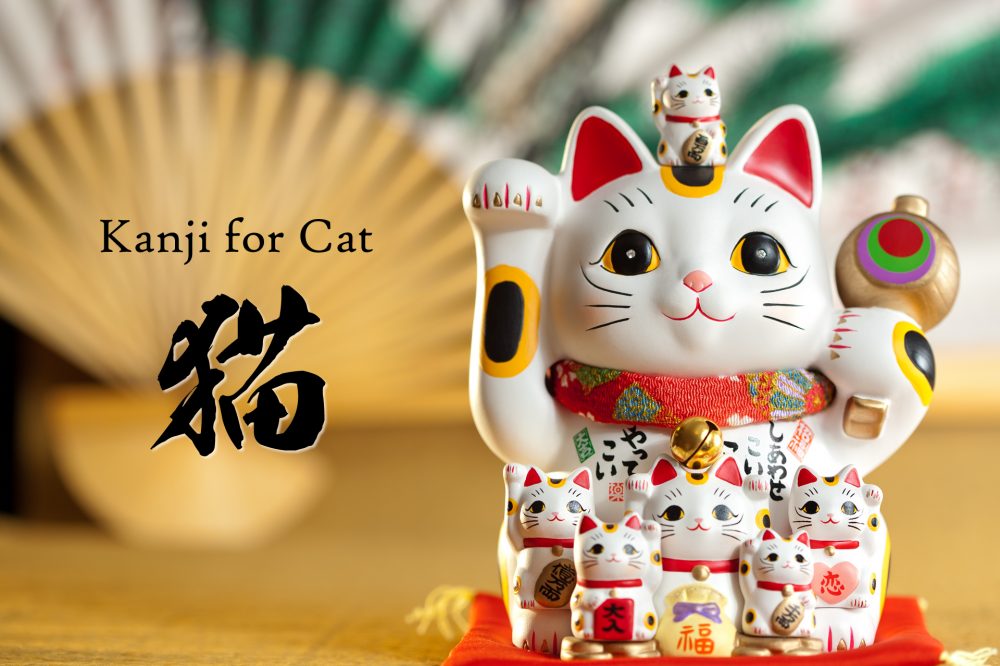
Cats are loved in Japan the same as in many other countries.
The Kanji for cats is 猫.
In this article, let me introduce words and idioms using 猫, breeds familiar to Japanese people, and a traditional cat figurine.
Contents

猫 is a 形声文字(Kēsē moji) which is a combination of radical and the part representing the sound. 苗 represents the sound “byō,” which is the On-yomi of 猫.
Some words are using the cat’s characteristics.


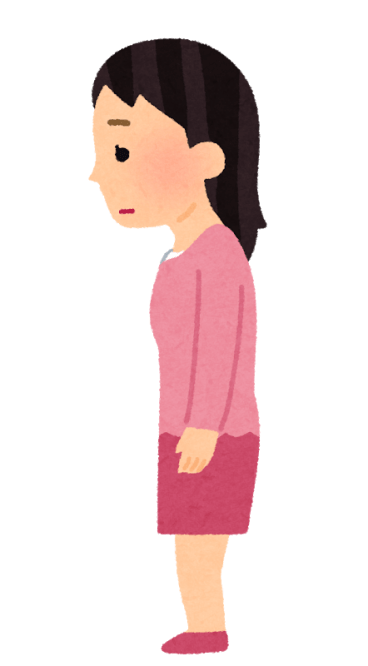
A person with 猫背

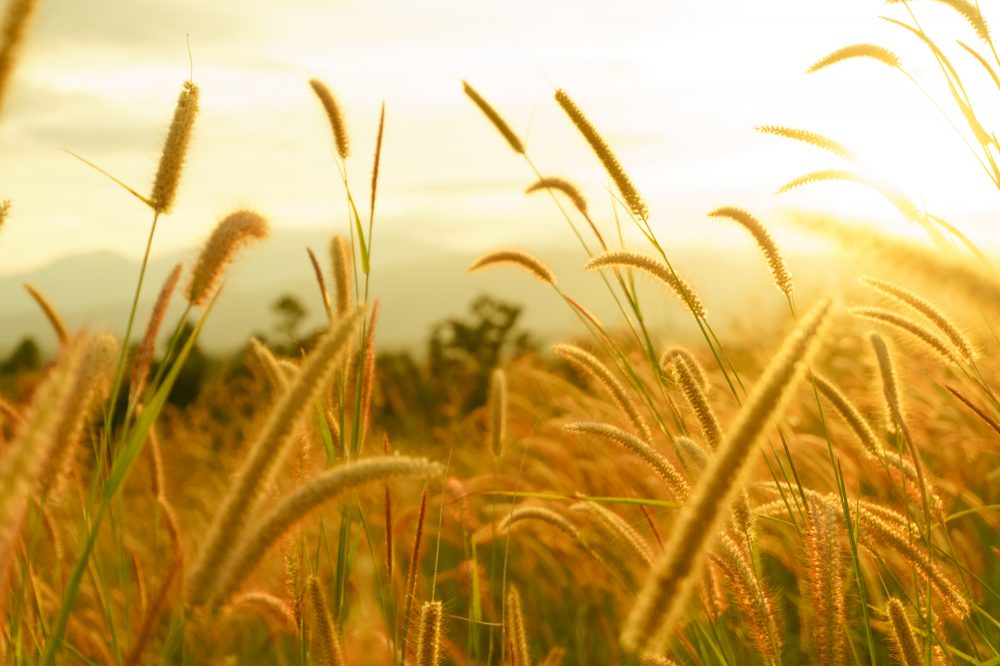
Nekojarashi(foxtail)




There are some breeds familiar to Japanese people. They are called 和猫(Waneko) or 日本猫(Nihonneko). Let me introduce some of them to you.

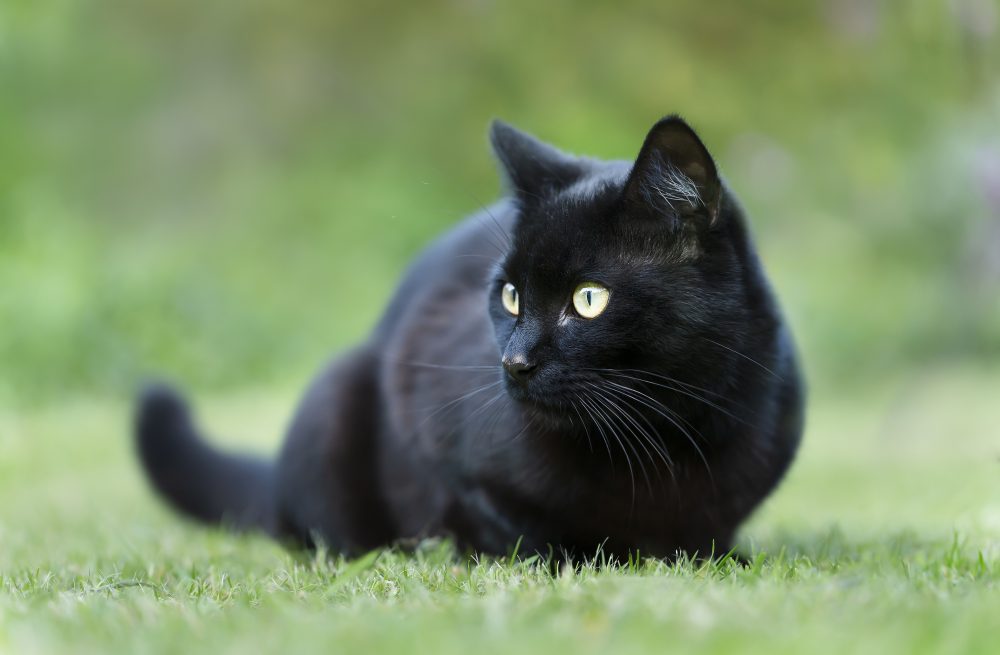
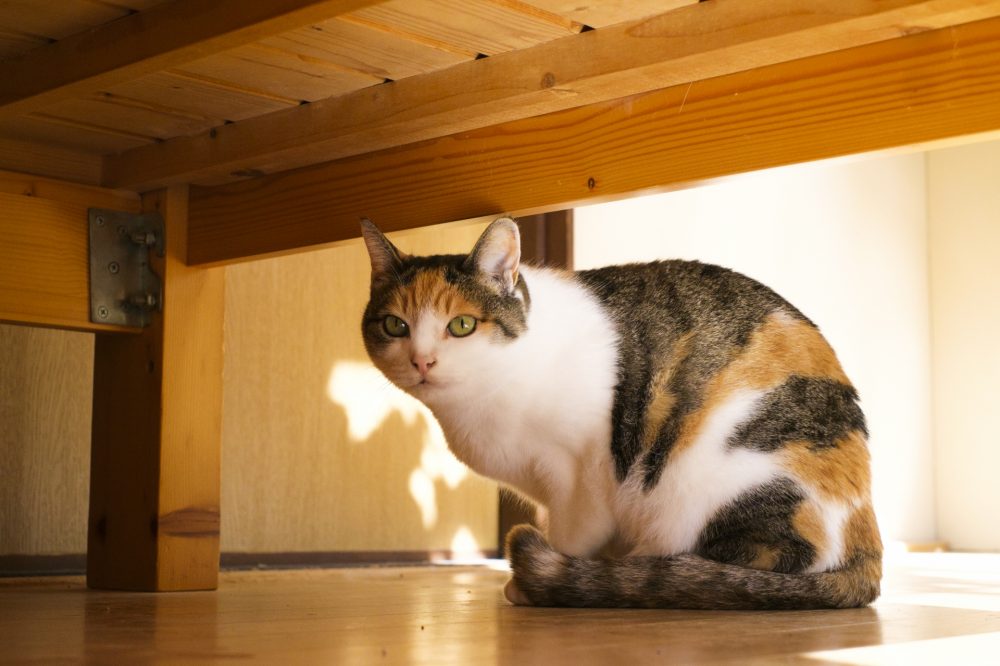
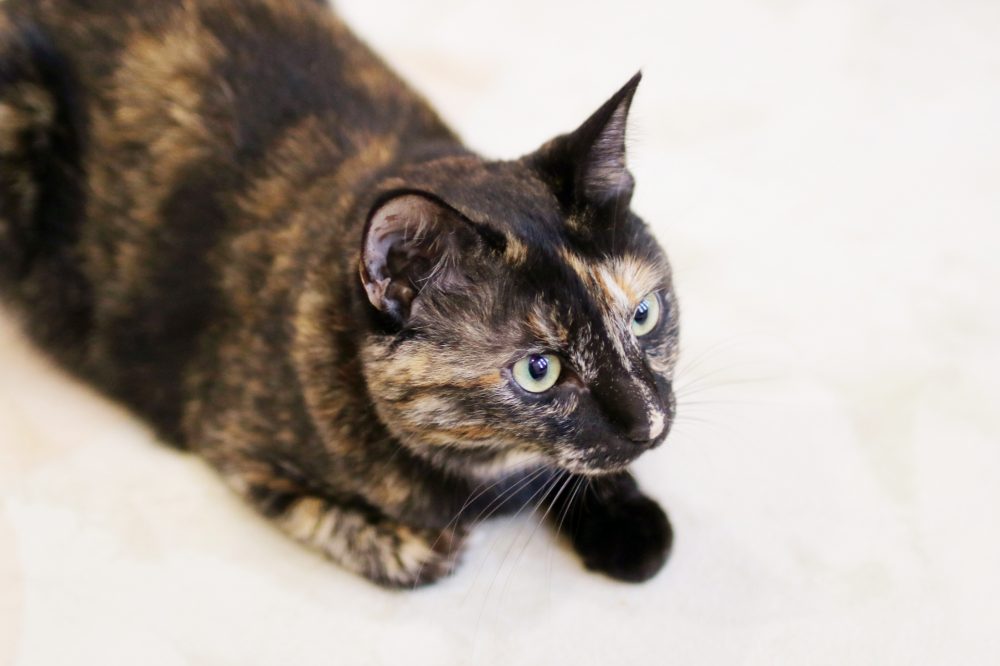
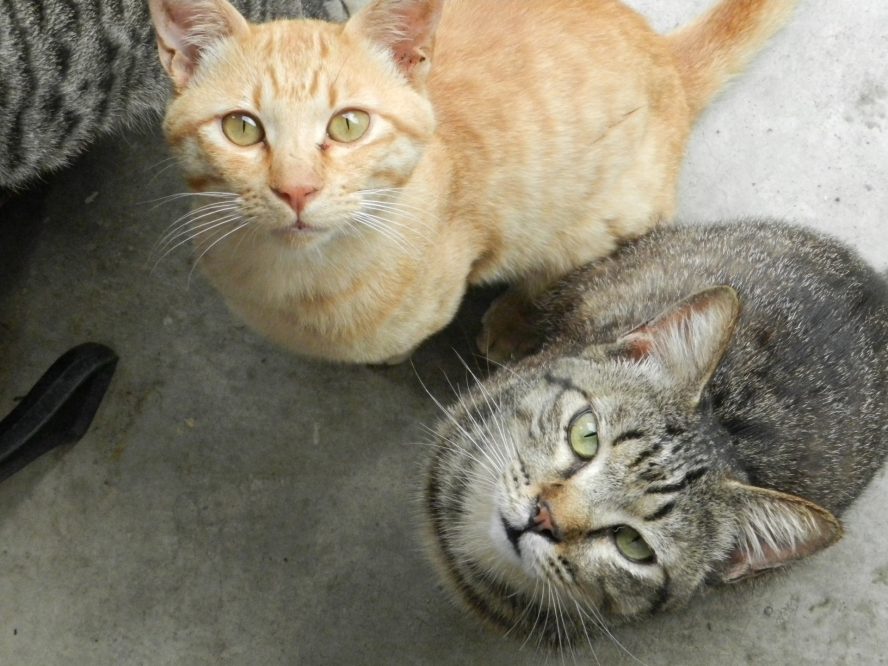
茶トラ(Chatora) on the left side andサバトラ(Sabatora) on the right side
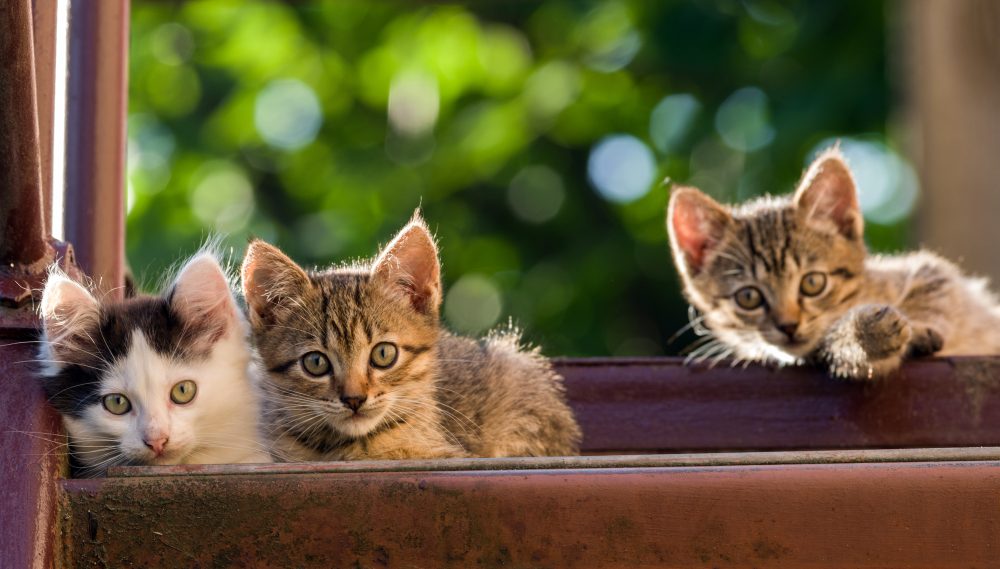
Oneブチ猫(shown below) on the left and twoキジトラ on the right
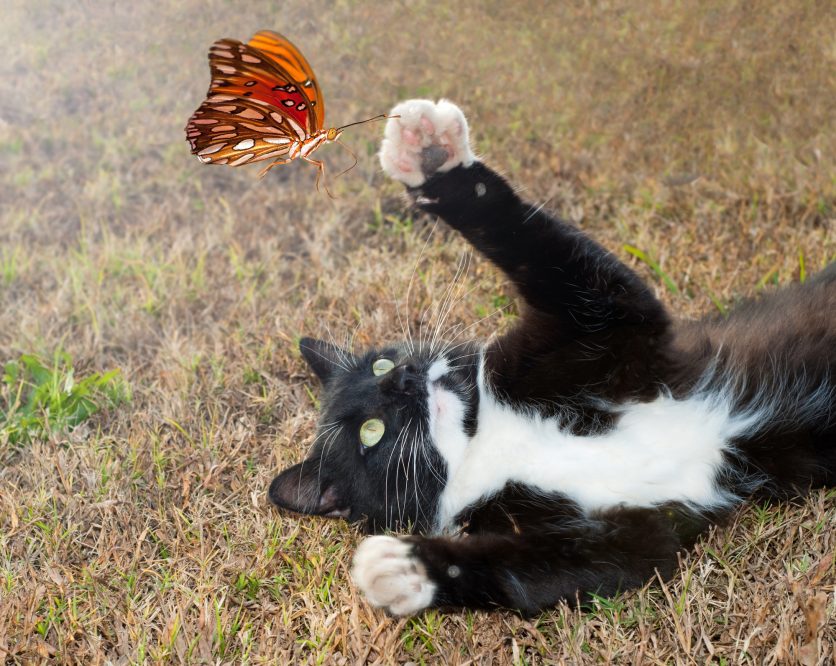
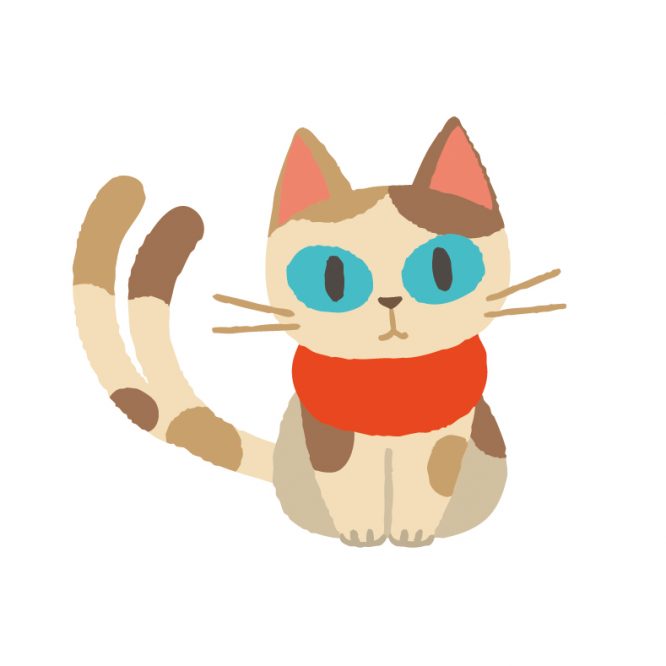
An illustration of 猫又(Nekomata)
猫又(Nekomata) is a kind of 妖怪(Yōkai, Japanese folk monsters). If a cat lives a very long life, it is said that its tail will split down into two and will transform into Nekomata.
This question might be universal around the world. A cat person is called 猫派(Nekoha), and a dog person is called 犬派(Inuha).
So, the question above is like this in Japanese:
「あなたは猫派ですか、犬派ですか。」(Anata wa nekoha desuka inuha desuka.) 
「派」(ha) is a Kanji character for “a group with the same thoughts.” For example, it is used for the word 派閥(habatsu), meaning factions in politics. There is a similar question like 「あなたはそば派ですか、うどん派ですか」(Anata wa soba ha desu ka udon ha desu ka)  , meaning “Are you a Soba noodle person or an Udon noodle person?”
, meaning “Are you a Soba noodle person or an Udon noodle person?”
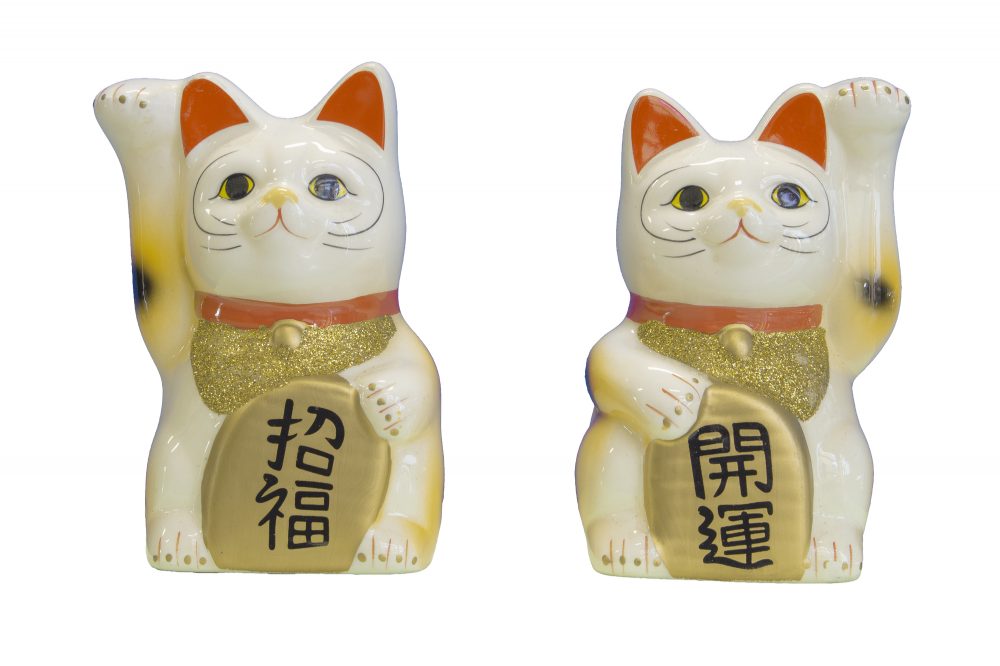
Ceramic doll Japanese welcoming lucky Cat. ( Maneki Neko ):Japanese characters means good luck or fortune.
Have you ever seen a cat figurine that looks like this? It is called 招き猫(Manekineko) and is believed to bring good luck. 招く(maneku) means “to invite.”
To understand why they look like that, you first need to understand the difference in the gesture of asking people to come over. In English speaking countries, the gesture for “come here” looks like this, right?

But in Japan, you need to turn your paw dawn and wave a few times to beckon someone.
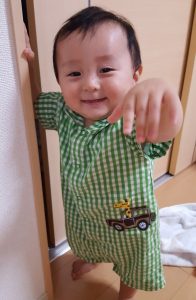
Japanese gesture for beckoning
By the way, there are different meanings for which hand they are raising. If the cat is raising its right hand, it’s inviting money. If the cat is raising its left hand, it’s inviting people, who are often customers or guests. Raising both hands might be considered as “throw hands up,” therefore, Manekineko usually raises only one hand
Manekineko is a kind of figurine that is very familiar to Japanese people, and you can find them in many privately run shops.
If you want to see hundreds of them, try visiting 豪徳寺(Gōtokuji) temple and 今戸神社(Imado jinja) shrine in Tokyo. You will be overwhelmed with the numerous Manekineko.
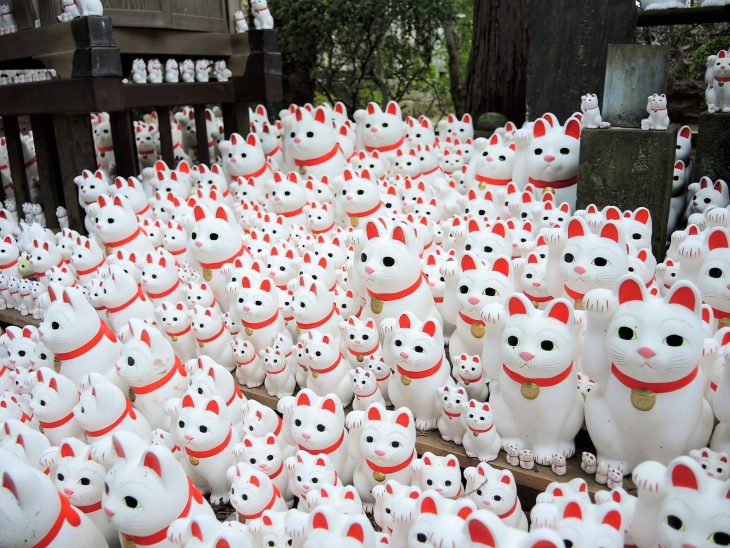
豪徳寺(Gōtokuji)
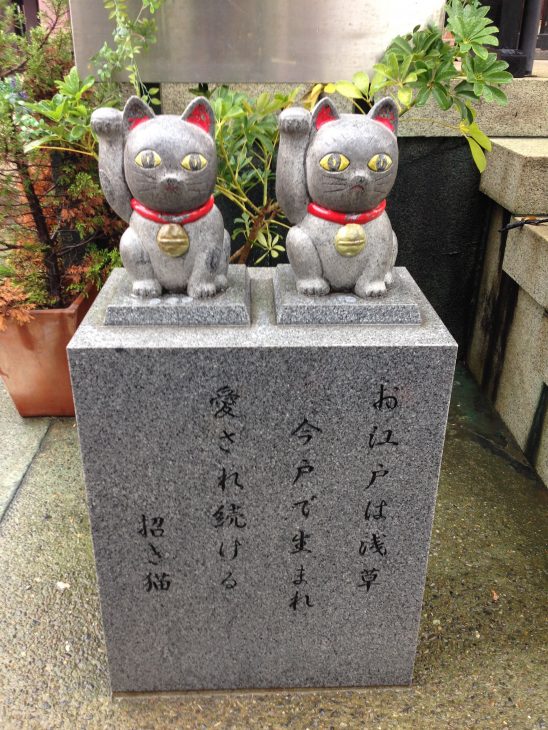
Imado shrine
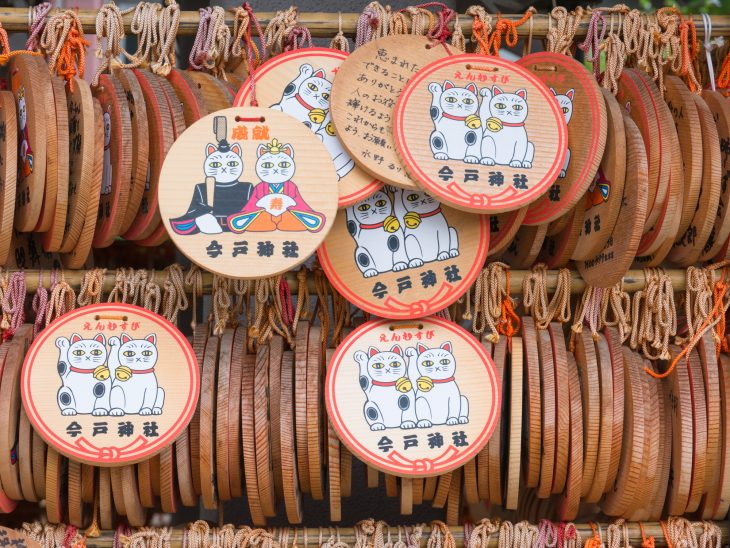
絵馬(Ema, wooden boards which people write their prayers or wishes on) in 今戸神社
Cats living in the wild is called 野良猫(Noraneko), and those living in the house is called 家猫(Ieneko). In recent days, there are some cats called 地域猫(Chīkineko), literally “neighborhood’s cat.” People living in the neighborhood take care of them and, in some cases, take them to veterinary clinics for fixing
There are some small islands called 猫島(Nekojima), literally “Cat Island.” You can see so many cats on the island as if there are more cats than humans. In most of these islands, the fishing industry is prosperous. You can see many cats relaxing in a peaceful town on the island.
Some famous Nekojima are; Enoshima(Kanagawa Prefecture), Manabeshima(Okayama Prefecture), Heiguntō(Yamaguchi Prefecture), Ainoshima(Fukuoka Prefecture), Aoshima(Ehime Prefecture), Ogijima(Kagawa Prefecture), and Taketomijima(Okinawa Prefecture). It’s pretty nice to ride on a boat and visit those small islands, as there is a peaceful atmosphere and you could forget about the hustle and bustle of the city.
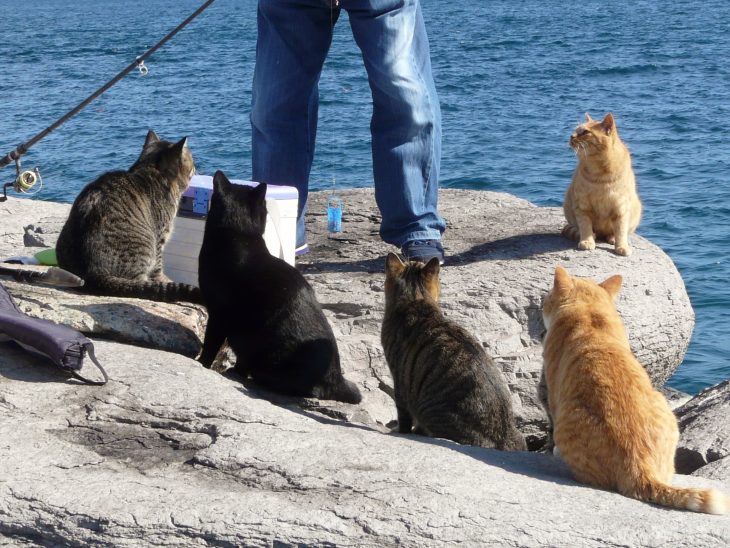
Cats coveting fish near the fisherman
Lastly, I would like to introduce a music video of the song「猫の惑星」(Planet of cats) by 打首獄門同好会(Uchikubi Gokumon Dōkōkai). They collected videos of cats from all over Japan and made this video. By watching this, you can know how cats in Japan act in their houses. They stay in こたつ(Kotatsu, a heated foot warmer table with a blanket), sit on a bathtub lid or in front of the stove (because it’s warm there!), and break 障子 (Shoji, paper sliding doors) and 襖 (Fusuma, sliding doors). That should be unique to Japanese cats because of the house structure in Japan. However, sitting on keyboards, scratching the sofa, and diving into bags and boxes should be universal.
https://www.youtube.com/watch?v=ASkbzw95d9g
As the lyrics say, “We were born on a planet where cats live, and we are drowning in love for cats.” That’s true for cat lovers!
What is Onyomi?
Onyomi, also known as the "Sino-Japanese reading," is one of the two main reading systems for kanji characters in Japanese. It refers to the reading of a kanji character that is derived from the original Chinese pronunciation.
What is Kunyomi?
Kunyomi, also known as the "native Japanese reading," is one of the two main reading systems for kanji characters in Japanese. It refers to the reading of a kanji character that is based on the native Japanese pronunciation. Kunyomi readings are often used when a kanji character stands alone or is followed by hiragana, as in verbs and adjectives. Mastering both kunyomi and onyomi is crucial for understanding and using kanji effectively in the Japanese language.
What is Radical?
A radical, also known as "bushu" in Japanese, is a fundamental component of kanji characters. Radicals are the building blocks of kanji and are used to categorize and organize them in dictionaries. There are 214 traditional radicals, each with its own meaning, which often provides a clue to the meaning of the kanji character it forms.
What is strokes?
Stroke count, or "kakusuu" in Japanese, refers to the number of individual brushstrokes required to write a kanji character. Each kanji has a specific stroke order and stroke count, which are essential for writing the character correctly and legibly. Understanding and following the correct stroke order not only ensures proper balance and aesthetics but also makes writing more efficient and fluid.